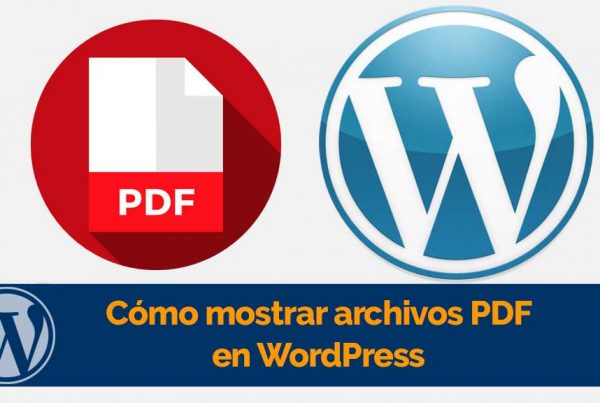With the widespread adoption of WordPress, many web designers have found themselves in a unique situation. The WordPress theme functionality provides a way for designers to spread their designs through easy-to-install, standalone packages. Thanks to industry pioneers like BrianGardner, WooThemes, and ThemeForest, there is now a huge market for high-quality themes.
Even though these markets offer great visibility, at the same time they offer lower profitability of your work. Wouldn't it be great if we could get our eyes on our topic without sacrificing the benefits? Why isn't there a great alternative to ThemeForest?
I've been relatively successful in ditching the big commission-based ones and taking advantage of WordPress's built-in (and awesome!) Theme browser to create added value for the consumer. Now this is not a "Get rich quick" scheme, but a "like me accidentally made some money » scheme (and hopefully made a lot of WordPress users happy).
1. Create 2 (or more) editions of the same design
The first edition is the basic version and is free! There are no conditions, it is just a service that you provide to users who like your work and cannot afford it. Ideally, it is a simple theme with a great design but no special features.
The second edition is the pro version. This is your free topic on steroids. Most theme developers will attest to the fact that users of their themes want customization. Many cannot afford $ 80 an hour for an experienced developer, so try incorporating those common requests into the pro version. It should have ALL the common mods. Left sidebar, right sidebar, color schemes, header customization, custom home page layouts, etc.
Customers will be happy to pay $ 20 or $ 30 for a feature-rich professional theme if the alternative is to pay a developer a relatively large sum to customize such a product.
Now that we have our two editions, let's take a look at the topic!
2. Use WordPress.org for more visibility
This is where you should submit your free theme. Please note that they may deny your topic if it does not meet their standards. At the same time, they don't allow spam-looking footer links, so keep it simple. A link to your home page or post on the topic will be fine and generally allowed.
At the same time, be sure to set your "Theme URI" and "Author URI" in your CSS file, many users will visit your site from WordPress.org using those links, which is very important for our next step.
3. Use your site as a landing page
This is where the magic happens! Once WordPress accepts your theme, you should have a flood of interested users on your site to learn more about your theme. Even though it will offer excellent information on your free edition and even offer it for download, try using a service like BitBuffet.com to sell your professional WordPress theme through PayPal. BitBuffet offers a way to sell digital files for as little as $ 5 a month and it doesn't reduce your sales at all.
At Gazelle Themes we even offer a forum for all Pro owners where I offer help and support. This can be a great way to connect with your users and add even more value.
Some extra tips
- Try to build your theme around popular trends and designs. Keep it attractive to a large number of users.
- Submit your free theme to any number of theme directories. Set your eyes on your topic.
- On your landing page (where you sell your professional theme), try using Google's Website Optimizer to increase your conversion rates.





